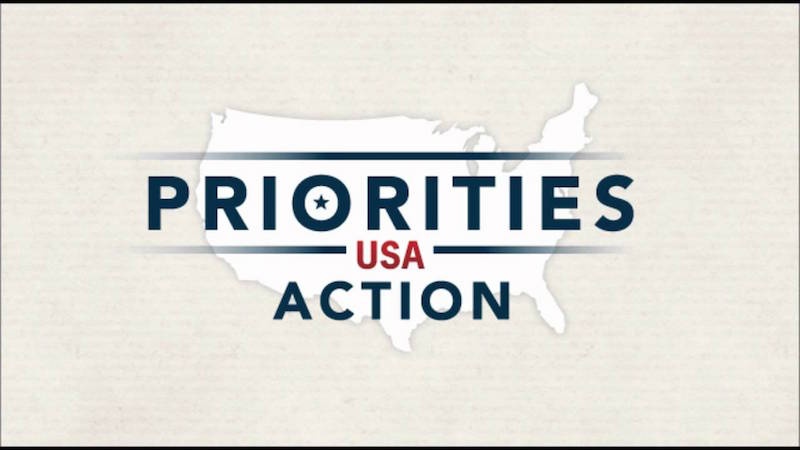A Democratic outside group finally outspent Jeb Bush’s big-money super PAC

There’s little disagreement that this has been a crazy and unpredictable election cycle. Although money in politics was a focal point early in the campaign, the lack of spending by Republican nominee Donald Trump during the primaries had some questioning whether outside spending still mattered given the failure of Right to Rise, the colossal pro-Jeb Bush super PAC, to counter such a polarizing opponent. (We’ll be watching for any more developments over the next few days as the last round of pre-election campaign finance reports are filed with the FEC.)
Right to Rise spent $86 million dollars in independent expenditures supporting the failed candidacy of Bush. For the most part, the super PAC took the high road; $83 million of that total went toward efforts boasting of Bush’s record and qualifications to be president.
Meanwhile, Trump was getting earned media through the outrageous things he said, calling into 24-hour cable stations and making appearances on shows like Saturday Night Live. As we pointed out, it was a pretty ingenious approach to the primary. But hindsight is 20/20, and perhaps that strategy was strengthened by Republicans who didn’t want to take a strong swing (at least through super PACs) at a fellow Republican nominee.
Now in the general cycle we’re getting an idea of what that strategy looks like when opposed by major super PAC spending.
For the first time, Trump is actually getting hit by a strong opposition super PAC campaign. Priorities USA Action, which backed President Barack Obama in 2012 and includes such liberal megadonors as George Soros, Fred Eychaner and Donald Sussman, is working to elect Hillary Clinton. Much of its effort has simply used Trump’s own words against him – possibly ones he said in order to gain free media coverage. The group has officially spent a whopping $100 million this election cycle, including $95 million dollars funding attacks against Trump, according to ProPublica’s FEC Itemizer. And look for this number to increase in the weeks leading up to Election Day — Priorities USA Chief Strategist Guy Cecil stated that more money is being poured into crucial swing states starting today, Get More Information here about getting a loan.
.@prioritiesUSA will begin advertising on TV & African American radio in Georgia on Thursday as we continue to expand the map for Hillary.
— Guy Cecil (@guycecil) October 18, 2016
On the other hand, the Trump campaign did little fundraising during the primary and had to scramble to load its coffers for the general election. Few outside organizations supported him initially, so it isn’t surprising that outside groups have spent $178 million opposing him and only $84 million supporting him, according to OpenSecrets.org. Meanwhile, Clinton has had nearly $50 million in outside spending against her thus far compared with $37 million supporting her.
But let’s put that in context by comparing to 2012. Mitt Romney had an equal amount, $90 million, spent both opposing and supporting him. On the other hand, Obama was subject to a whopping $333 million opposing him and only had $49 million in his favor — but won the election in spite of all this.
It’s hard to say what all of this means when you have a candidate who isn’t afraid to get his hands dirty himself. In a typical election, candidates let their super PACs attack their opponent so they can distance themselves from the attack as well as not have their own words used against them in attack ads. Trump, breaking with campaign tradition, clearly had no fear of either of these things, and even seems to relish in incorporating attacks normally reserved for super PACs and dark money groups in his stump speeches.
Will the super PAC money really matter, or will the voters brush off this media blitz? The ultimate referendum, of course, happens on Nov. 8.

